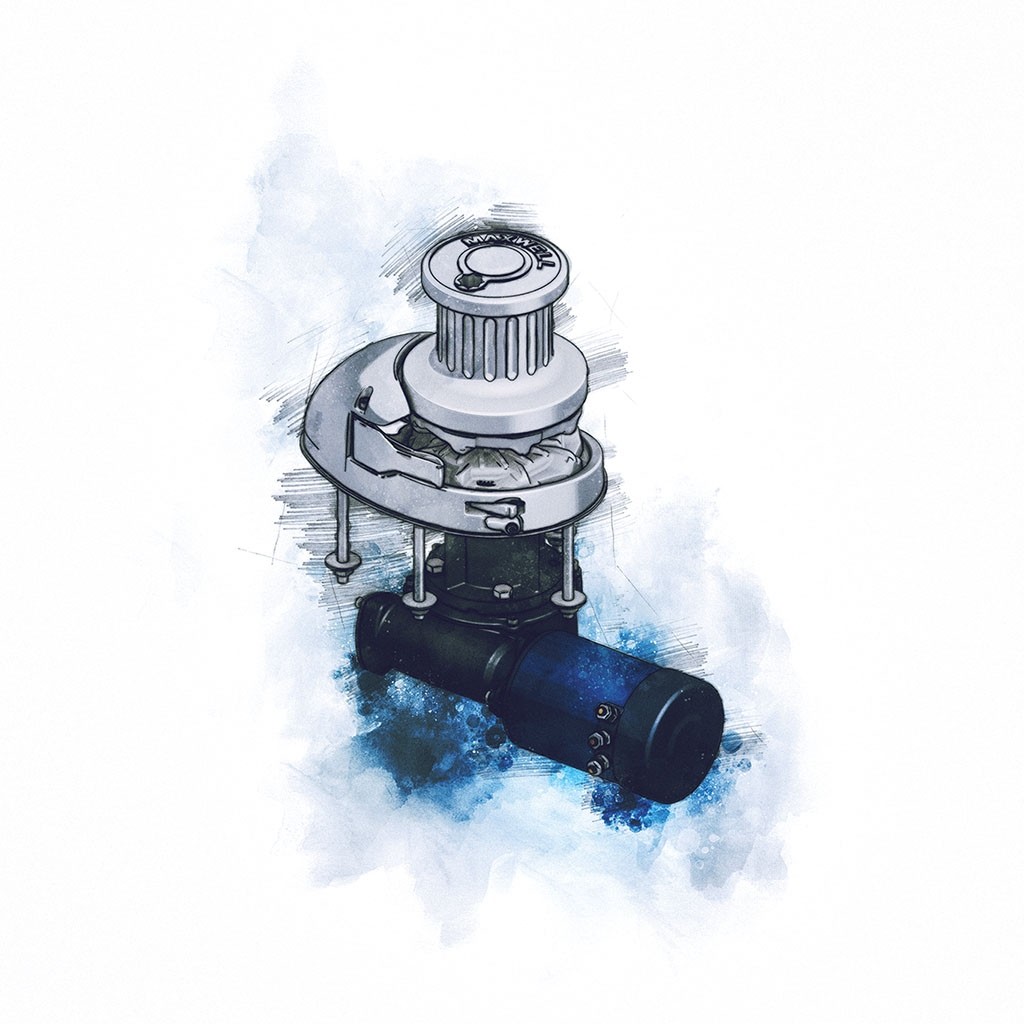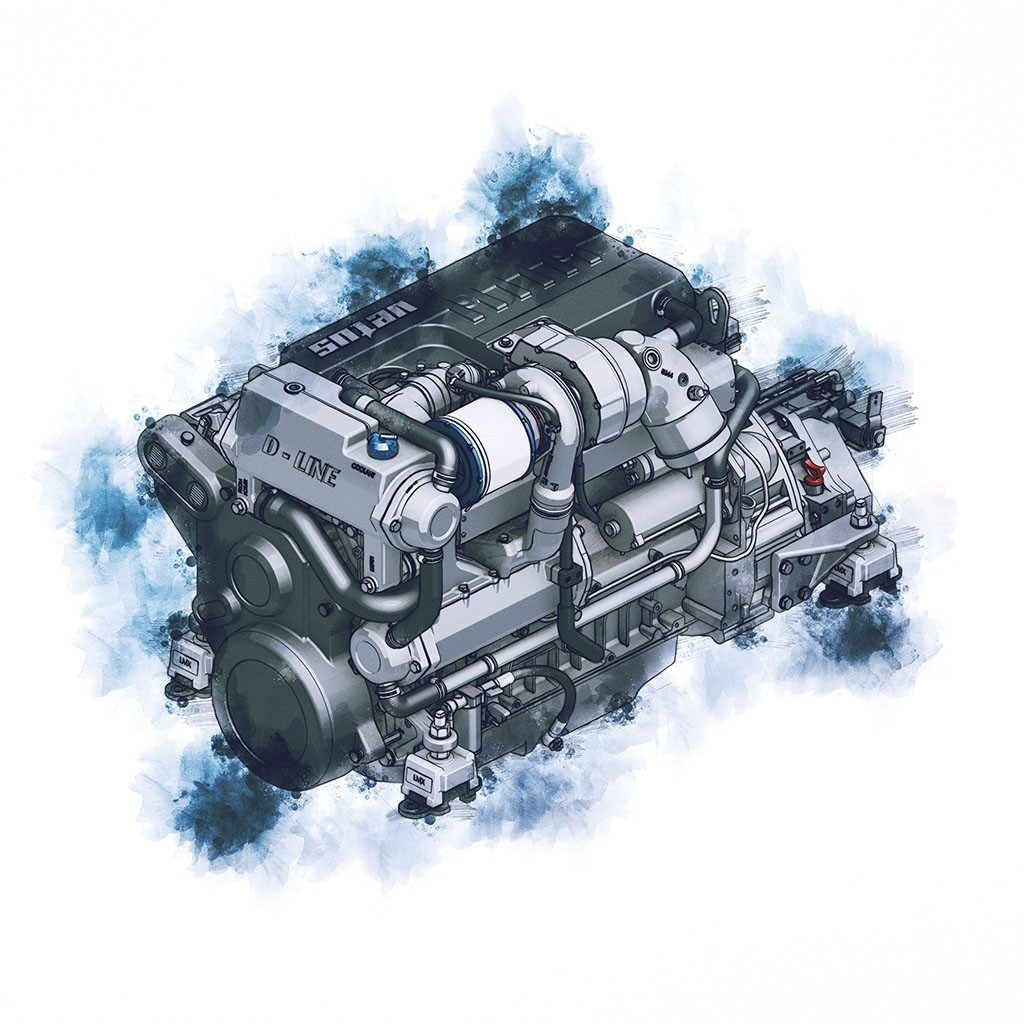Life rafts are the life insurance of the crew in an emergency. Find out before sailing, which island is best suited for your needs.
Most of our islands carry the ISO 9650 certificate. This specifies the design requirements, equipment and performance features and test methods that the islands should meet or withstand. It should be noted that the size of the island corresponds to the crew size. After all, a larger island does not mean more comfort, it relies on the weight and number of people! Maintenance of a liferaft is done every three years. The maximum service life is usually between 12 and 18 years, depending on the manufacturer. Please read here carefully, from when the island must be replaced and ask if necessary to avoid misunderstandings.
What should you look for and which life raft is the right one?
1. Size:
The liferaft should be suitable for the number of people. If you are sailing mainly with four people, a 4-person island is the way to go; for 5 or 6 people, a 6-person island is the way to go. A too small island is self-explanatory narrow and not sufficiently equipped or designed. However, the reason why you should not choose the life raft too big either is because of the wind attack area. A certain amount of weight is needed in the island to float it as intended and provide stability. For full functionality, the intended weight and therefore also the adherence to the number of persons is essential.
2nd category:
Whether a Coastal island like the Plastimo Cruiser is sufficient for you or you need an offshore island, depends primarily on your cruising area. Relevant are the questions about the sea, but also the expected time until help arrives. Basically, Coastal life rafts are used for sailing on sailboats and motorboats in offshore waters and large inland lakes. The stay in the liferaft is limited to a few hours.
Inshore liferafts are used for long-distance voyages outside coastal waters and inland seas. They are equipped with an insulation floor against the cold of the water, a self-righting roof and a boarding aid.
The offshore liferafts are used for worldwide travel even in remote waters. The life rafts are designed for a longer stay. They are equipped with additional survival equipment such as water, emergency transmitters and survival rations.
3. Bag or Container
The question of whether to store your liferaft in a bag or a container depends on the one hand on the conditions on board, but on the other hand on your physical capabilities in an emergency. Basically, you must be able to reach the island quickly from deck in case of an emergency. In case of a bag, it is recommended to store it near the companionway or in an additional forecastle box. In a container, the liferaft can be stored on deck without danger, e.g. with a deck or railing bracket. Especially for small crews the way to "overboard" should be as short as possible.
Important notes
- Please read carefully how your island works
- The island will not deploy automatically without an extra trigger, but will be triggered by pulling the ripcord only after throwing it overboard. Please make sure the island is attached to the ship before
- Pyrotechnics, food and first aid in the island are inflexible. You can only get to them if the island has been triggered. We recommend packing a separate grab back. Ideally a waterproof bag that is kept easily accessible.
- handheld radio - ideally with GPS/DSC
- warm clothing - fleece jacket etc.
- First aid kit- if necessary additional thermal blankets and anti-seasickness tablets
- Pyrotechnics / signaling
- Torch
- Emergency water / emergency rations eg. E.g. granola bars
- emergency transmitters- AIS, EPIRB etc.




















